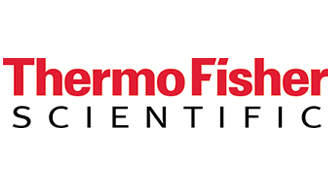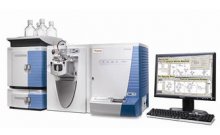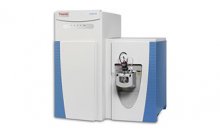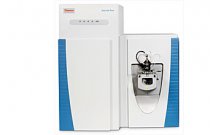高分辨率质谱法增强海洋生物毒素监测和发现
简介
Liquid chromatography – mass spectrometry (LC-MS) has emerged as the preferred analytical tool for accurate and reliable monitoring of shellfish biotoxins. This is especially true for toxins such as the dinophysistoxins, pectenotoxins, and azaspiracids, which are structurally diverse and thus do not contain a common UV chromophore or reactive functional group for fluorescence derivatization. In addition, these toxins tend to yield unreliable results by the mouse bioassay.
In general, LC-MS analysis of biotoxins is performed in selected reaction monitoring (SRM) mode on a triple-quadrupole MS, whereby the first quadrupole is programmed to transmit a selected mass for fragmentation and the final quadrupole transmits a single fragment ion to the detector. For monitoring multiple analytes simultaneously, the quadruples can rapidly toggle between pre-defined masses in multiple reaction monitoring (MRM) mode. This approach is well suited for quantification due to its inherent selectivity and high sensitivity. However, the relatively low resolution of quadrupoles (typically unit resolution) renders the technique prone to interference from ions of similar mass in complex samples. In addition, due to the targeted nature of MRM, only known toxins specified in the method will be detected. Therefore, new or modified biotoxins could remain undetected indefinitely, even at high abundance.
This presentation describes the high- resolution analysis of marine biotoxins using a bench-top mass spectrometer based on Orbitrap™ technology.
实验仪器
Thermo Exactive mass spectrometer
Accela liquid chromatography system
结论
• The Exactive represents a viable alternative to conventional mass spectrometersfor screening and quantification
• Little method development as settings are not tuned for each analyte
• Non-targeted approach so unknown compounds are also detected
• Comparable quantitative performance to triple quadrupole systems




